New York exhibition celebrates the history of African American cuisine
‘African/American: Making the Nation’s Table’ is a new exhibition in New York City that examines the traditions and innovations of African American cooking
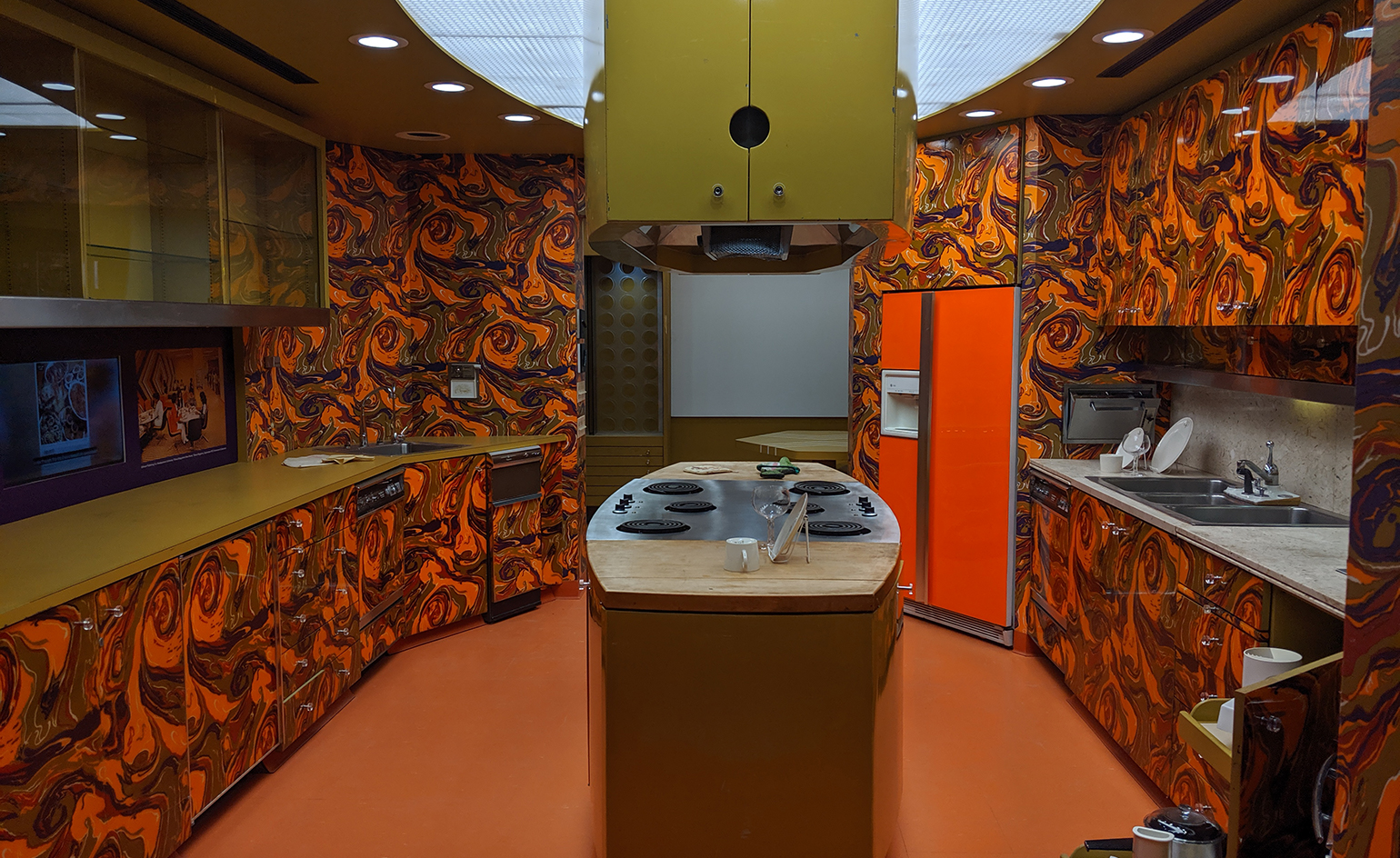
The Museum of Food and Drink (MOFAD) is partnering with The Africa Center to present ‘African/American: Making the Nation’s Table' at The Africa Center, Aliko Dangote Hall in New York City. The landmark New York exhibition explores the foundational role that African American food and drink producers, from chefs to farmers, have played in American food culture, emphasising that ‘African American food is American food’.
The show is curated by celebrated author and culinary historian Jessica B Harris, alongside an advisory board of 30 visionaries currently working within the African American culinary landscape, including the musician and author Questlove; former Ebony food editors Charlotte Lyons and Charla Draper; author of The Up South Cookbook Nicole Taylor; and Garrett Oliver, the brewmaster at Brooklyn Brewery.
‘African American food is American food’
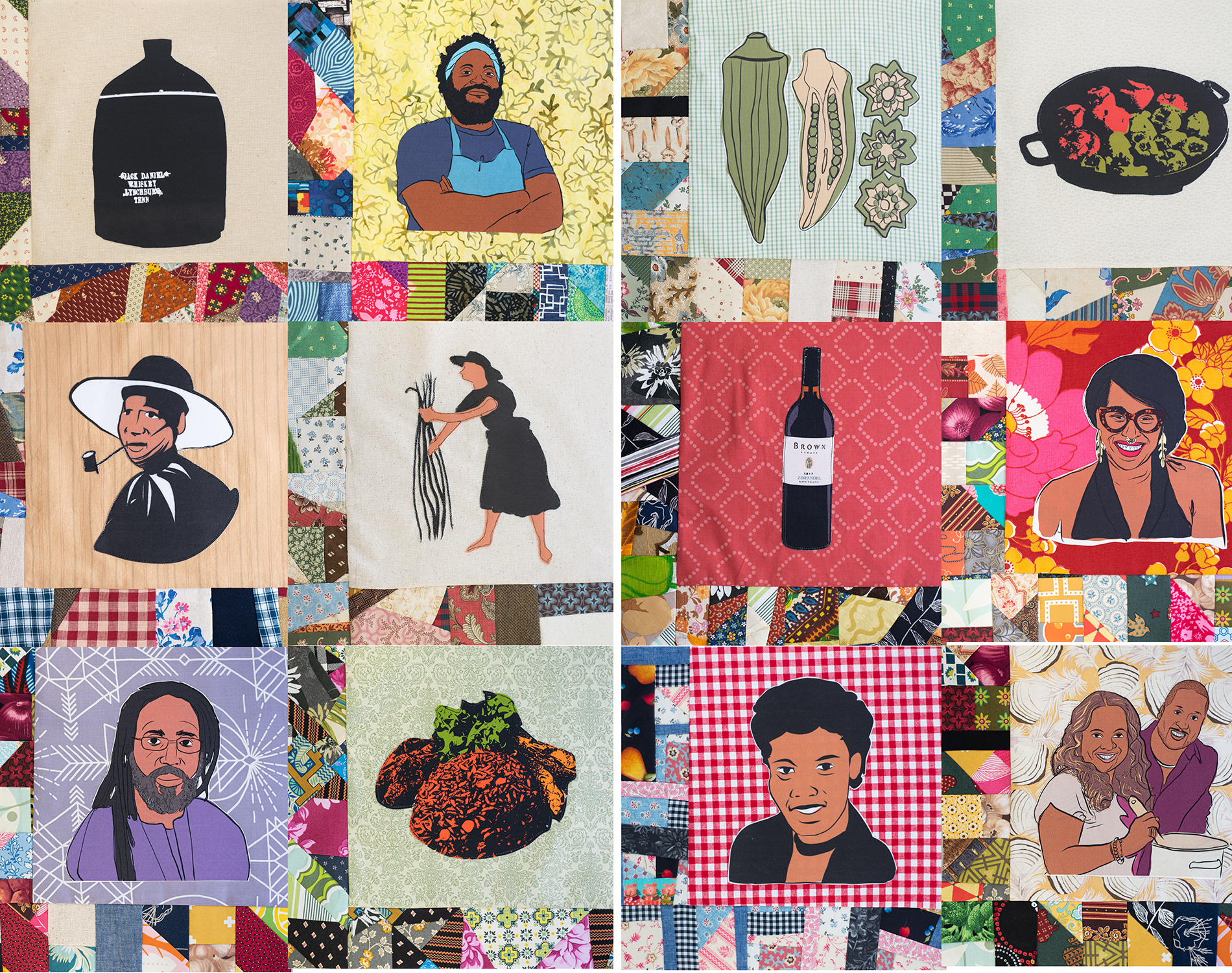
‘I have spent more than four decades writing about African American food culture,’ says Harris. ‘Why? Because our history is on the plate. For this reason, we need to tell our story and tell it well. The exhibition “African/American: Making the Nation’s Table” is the first of its kind to reveal the depth and breadth of the contributions of African Americans to our nation’s food culture. Now is the time to celebrate, savour, and remember that African American food is American food.’
The Legacy Quilt
The centrepiece of the exhibition is The Legacy Quilt, an astounding 14ft tall by nearly 28ft wide work that stitches together hundreds of portraits of African American culinary figures, such as James Hemings (1765 – 1801), the first American trained as a French chef, who introduced the US to copper cookware, European-style macaroni and cheese, and French fries; Nearest Green (c.1820 – unknown), the first African American master distiller on record, who taught Jack Daniel how to make whisky and, in 1856, as an enslaved man, refined Tennessee’s signature charcoal filtration method; and many other remarkable innovators who have been overlooked or under-acknowledged by history.
The Legacy Quilt features illustrations by artist Adrian Franks, blurbs by writer Osayi Endolyn, and is sewn together by the quilting collective Harlem Needle Arts. It also includes a virtual companion piece that allows visitors to submit stories of their own African American culinary heroes, emphasising that documenting history should be a collaborative and ever-expanding effort.
Alongside The Legacy Quilt, visitors will also be able to immerse themselves in the Ebony magazine test kitchen where Ebony editors developed the iconic ‘Date With A Dish’ column. Accessible to the public for the first time, the test kitchen serves as the stage for video interviews with former Ebony food editors and a soundtrack curated by musician, farmer, and chef Kelis. Visitors will also be able to interact with a dinner table replica that reveals stories of migration, touch points of culinary culture, and memories of sharing meals with loved ones.
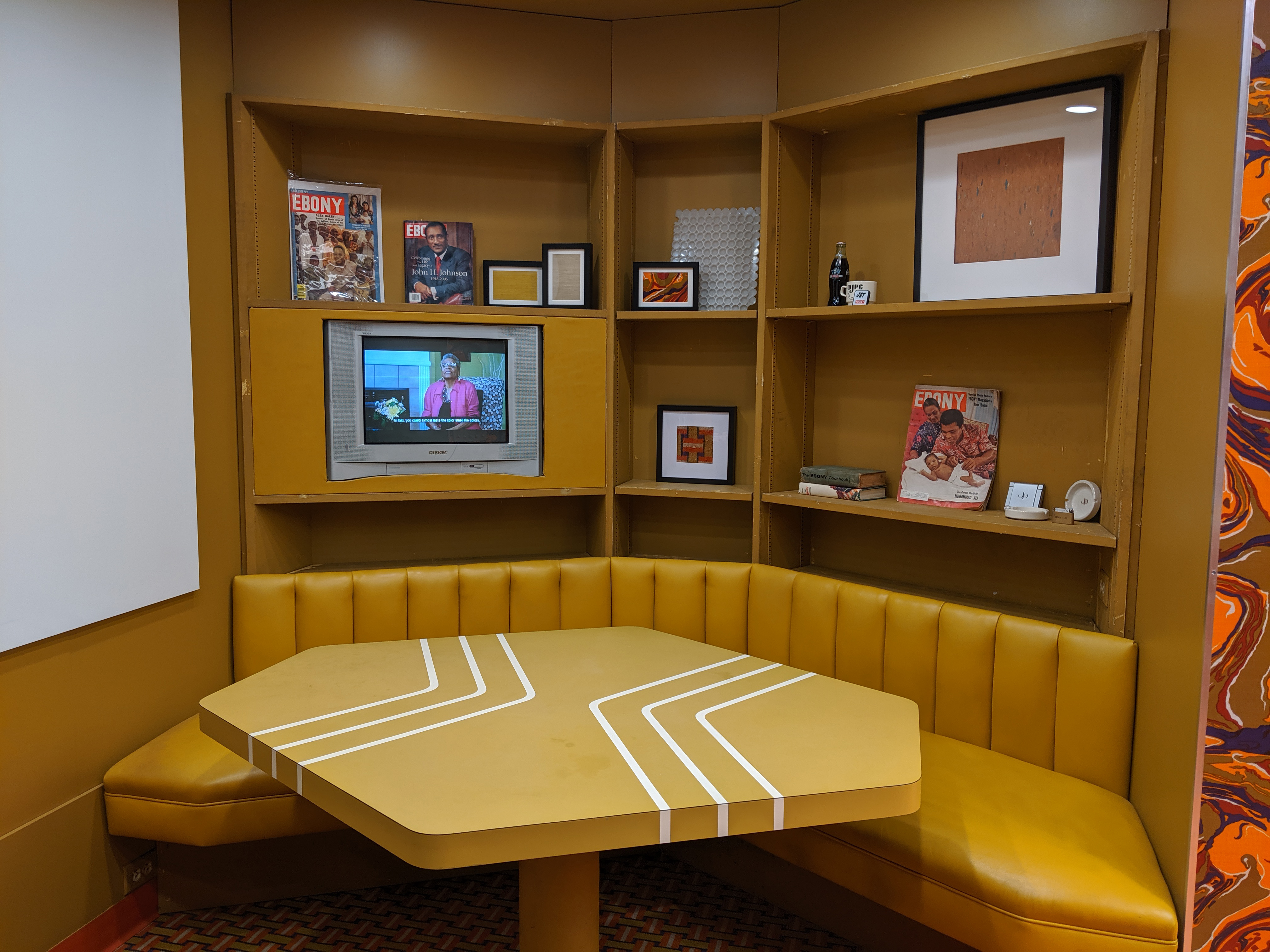
Visitors to the ‘African/American: Making the Nation’s Table’ exhibition can also purchase ‘shoebox lunches’ inspired by the meals that African American train travellers packed in shoeboxes during the Great Migration.
Wallpaper* Newsletter
Receive our daily digest of inspiration, escapism and design stories from around the world direct to your inbox.
Says MOFAD president Nazli Parviz: ‘MOFAD produces exhibitions and other public programmes that help people to better access their own history and the histories of the people around them as manifested through food and drink. We are committed to collaborating with fellow New York City cultural institutions to give exposure to stories that may have been under-appreciated, untold, or erased in the sweep of history and the narrow narratives that dominate it – and to sharing these vital legacies in new and profound ways.
‘This large-scale, first-of-its-kind exhibition delves into the many ways African Americans have shaped the American culinary experience. So much of what we grow and how we grow it, and what we eat and how we eat it, derives from these invaluable contributions.’
INFORMATION
mofad.org; theafricacenter.org
Mary Cleary is a writer based in London and New York. Previously beauty & grooming editor at Wallpaper*, she is now a contributing editor, alongside writing for various publications on all aspects of culture.
-
 Extreme Cashmere reimagines retail with its new Amsterdam store: ‘You want to take your shoes off and stay’
Extreme Cashmere reimagines retail with its new Amsterdam store: ‘You want to take your shoes off and stay’Wallpaper* takes a tour of Extreme Cashmere’s new Amsterdam store, a space which reflects the label’s famed hospitality and unconventional approach to knitwear
By Jack Moss
-
 Titanium watches are strong, light and enduring: here are some of the best
Titanium watches are strong, light and enduring: here are some of the bestBrands including Bremont, Christopher Ward and Grand Seiko are exploring the possibilities of titanium watches
By Chris Hall
-
 Warp Records announces its first event in over a decade at the Barbican
Warp Records announces its first event in over a decade at the Barbican‘A Warp Happening,' landing 14 June, is guaranteed to be an epic day out
By Tianna Williams
-
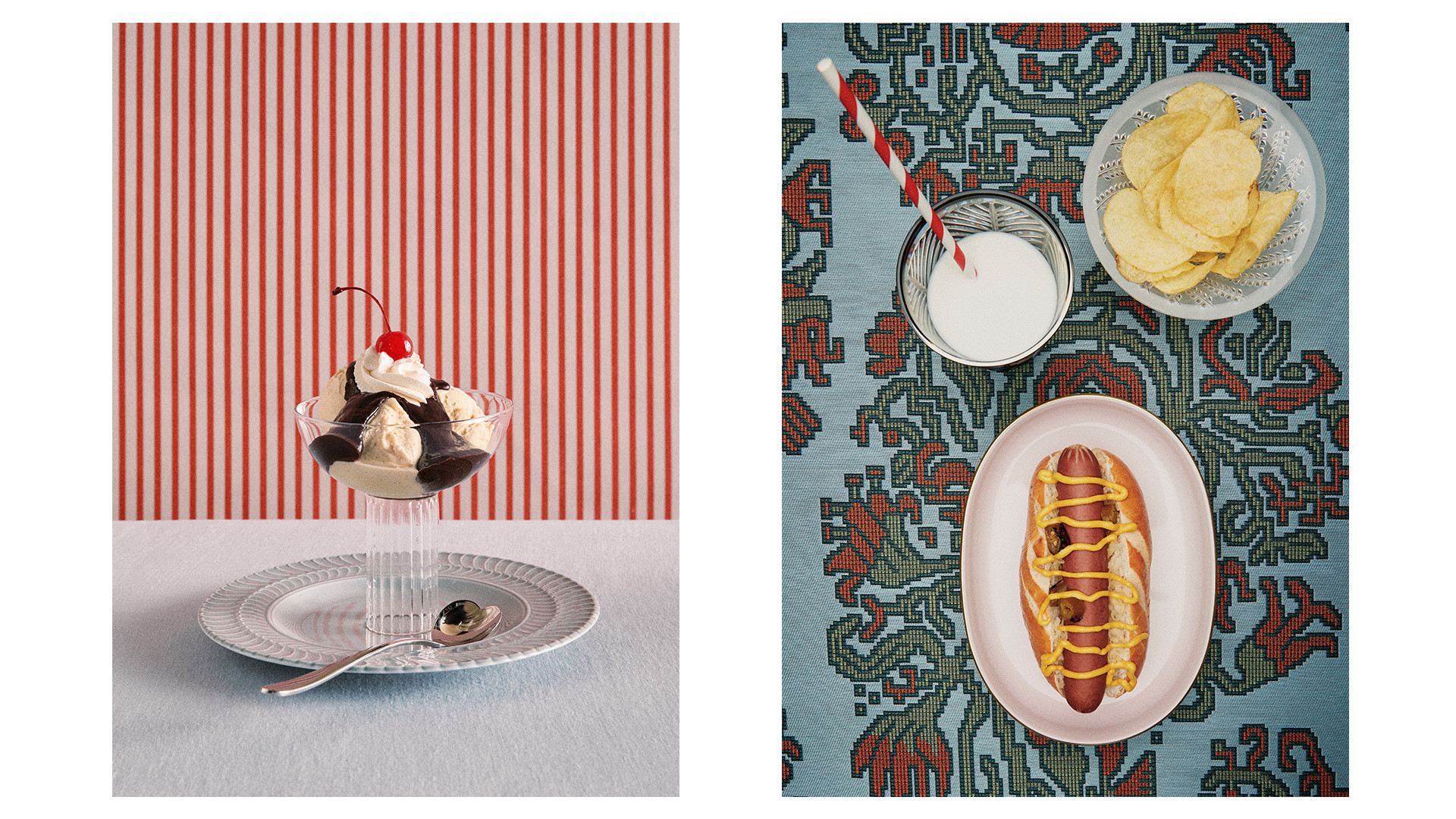 American food classics perfect for Super Bowl snacking
American food classics perfect for Super Bowl snackingTuck into these American food classics, from a hot fudge sundae to crab & corn chowder this Super Bowl season
By Melina Keays
-
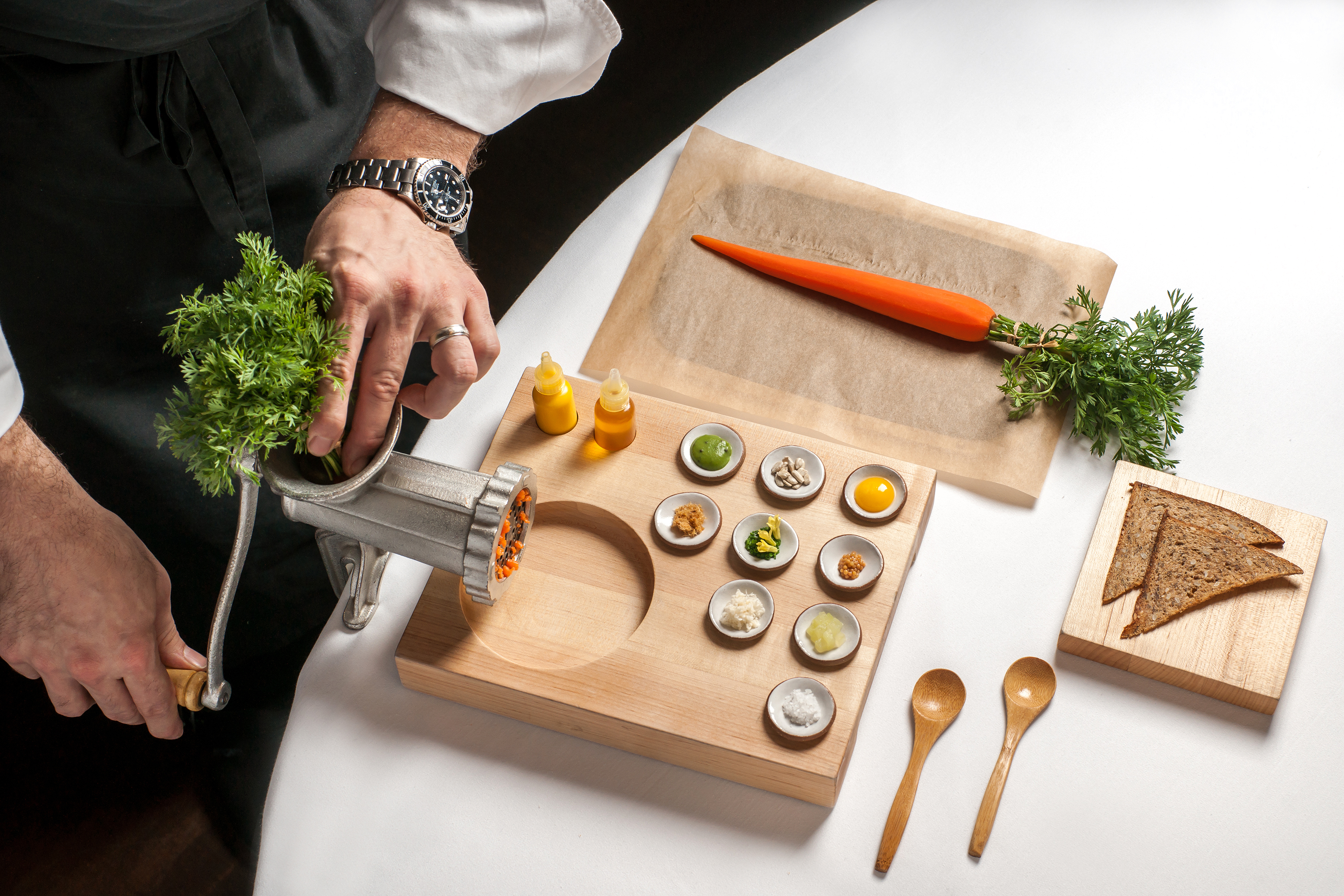 Chef Daniel Humm gets honest about turning Eleven Madison Park vegan
Chef Daniel Humm gets honest about turning Eleven Madison Park veganEleven Madison Park chef Daniel Humm on his new book ‘Eat More Plants’, revealing why he turned one of the world's most famous restaurants plant-based
By Mary Cleary
-
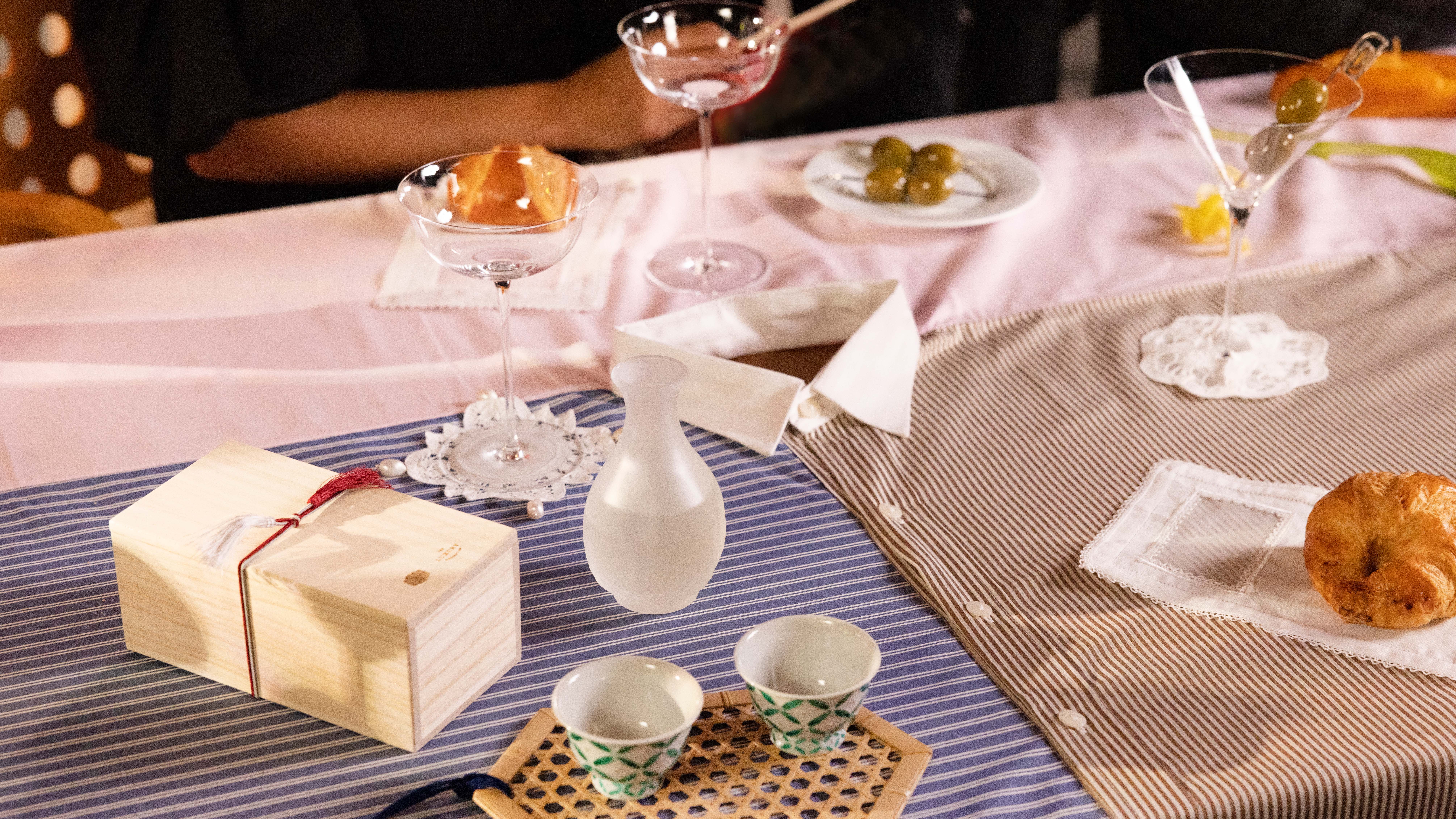 Laila Gohar debuts bar accessories inspired by her travels
Laila Gohar debuts bar accessories inspired by her travelsChef and designer Laila Gohar unveils a new range of bar accessories and cocktails with her signature surrealist flair
By Mary Cleary
-
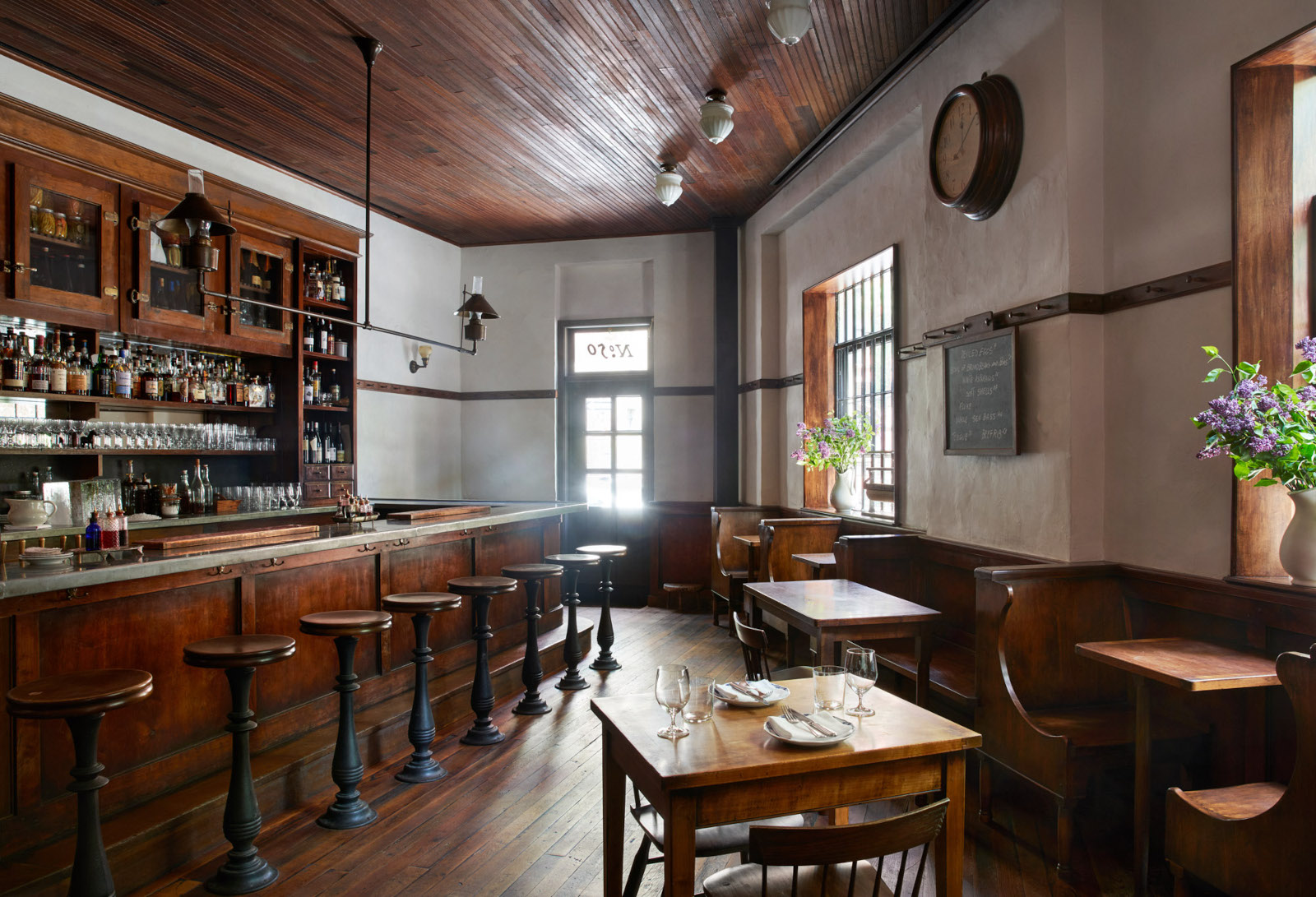 The Commerce Inn is a West Village Tavern inspired by the Shakers
The Commerce Inn is a West Village Tavern inspired by the ShakersWe explore the simple pleasures of The Commerce Inn, Rita Sodi and Jody Williams’ perfectly crafted, Shaker-inspired West Village tavern
By Pei-Ru Keh
-
 Happy Independence Day, USA! Wallpaper* launches a month-long celebration of creative America
Happy Independence Day, USA! Wallpaper* launches a month-long celebration of creative AmericaThis 4 July we toast the cream of creative USA with our very own cherry soda float. See more in August 2023 Wallpaper*, on sale 6 July, and all month on Wallpaper.com
By Mary Cleary
-
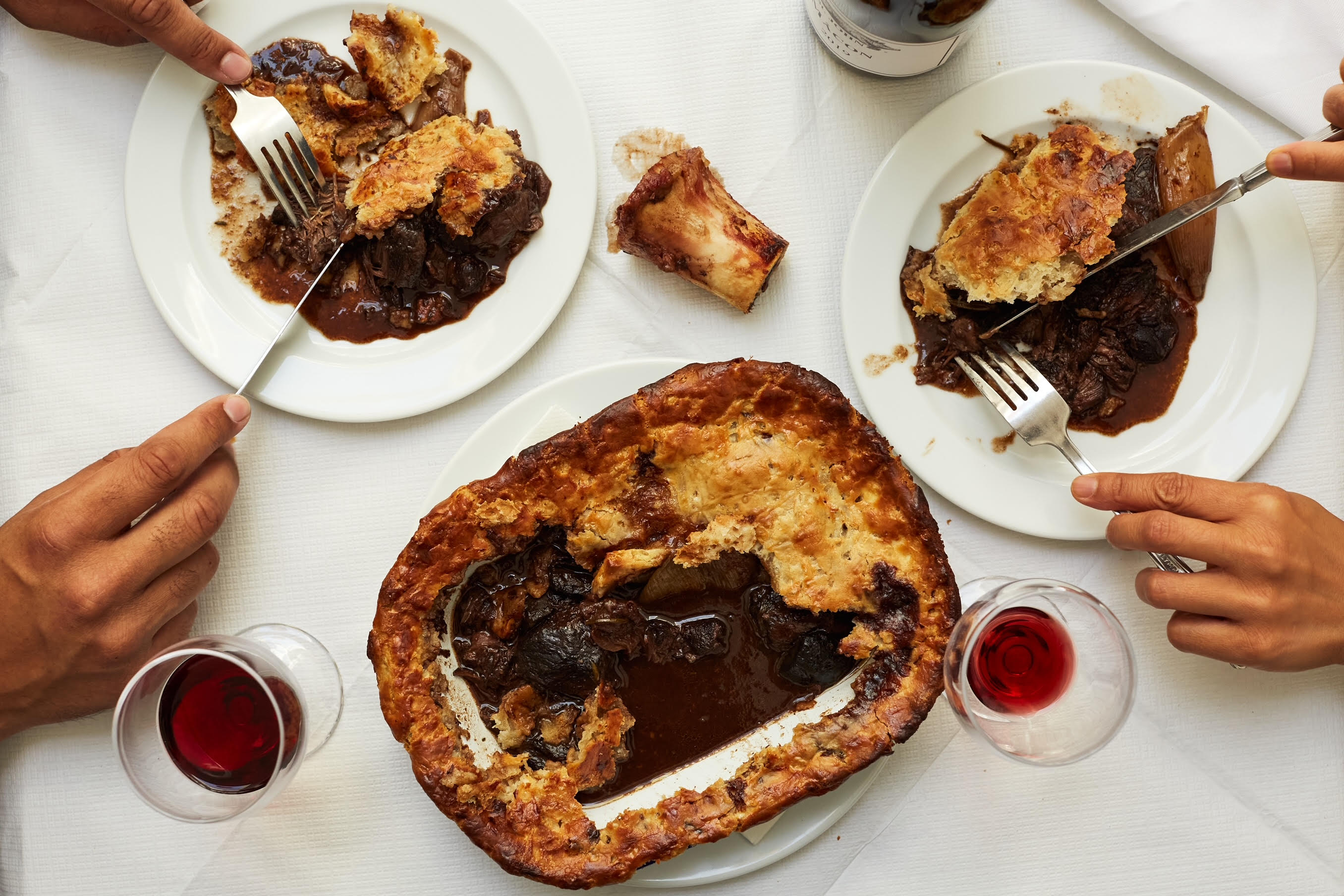 St John takes nose-to-tail Stateside for limited run at Ace Hotel Brooklyn
St John takes nose-to-tail Stateside for limited run at Ace Hotel BrooklynSt John, the London restaurant that pioneered nose-to-tail eating, makes its American debut in Brooklyn for a limited period
By Pei-Ru Keh
-
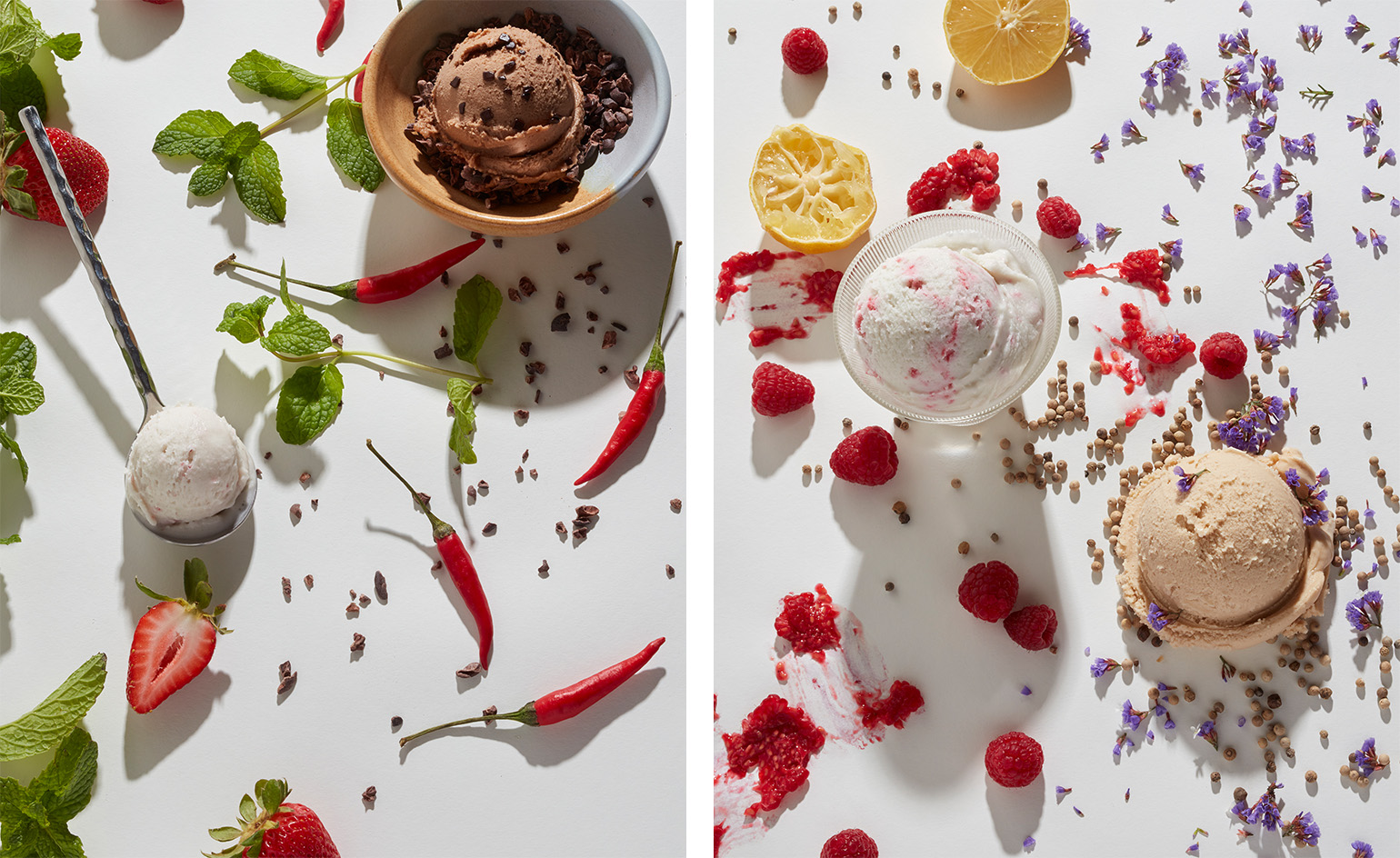 Lavender and Truffles: plant-based ice cream with Asian-inspired flavours
Lavender and Truffles: plant-based ice cream with Asian-inspired flavoursFashion industry veteran Alicia Liu launches an ice cream brand like no other, with passion and grit as the main ingredients
By Scott Mitchem
-
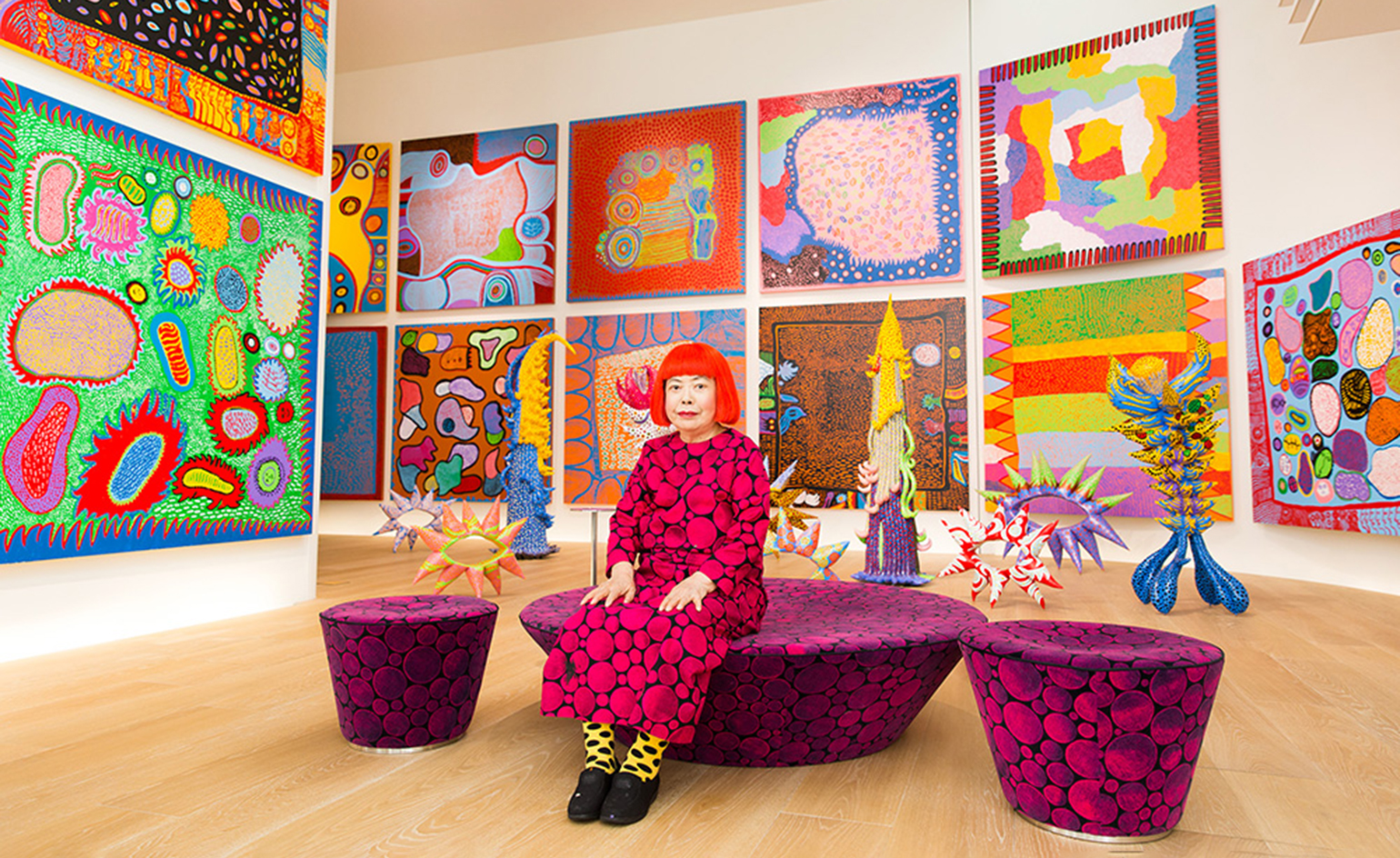 In Washington, DC, Yayoi Kusama and Veuve Clicquot are in full bloom
In Washington, DC, Yayoi Kusama and Veuve Clicquot are in full bloomYayoi Kusama and Veuve Clicquot continue their long and fruitful collaboration with a series of art events in Washington, DC, headlined by the artist’s major show, ‘One With Eternity’ at the Hirshhorn
By Martha Elliott